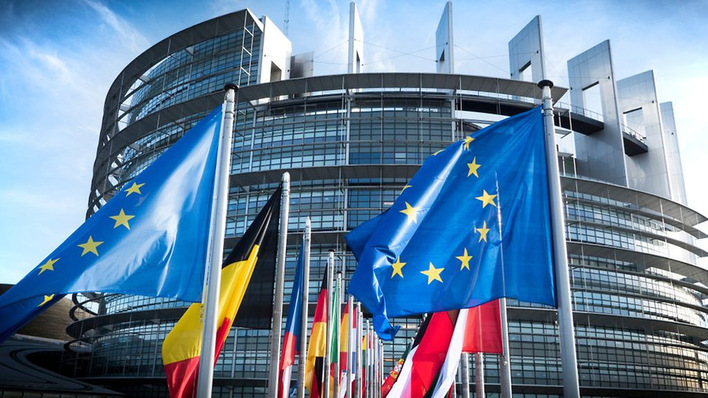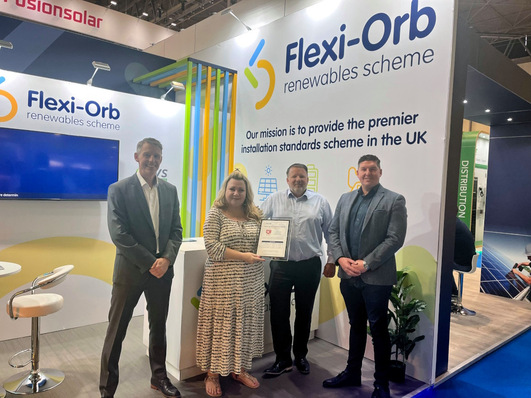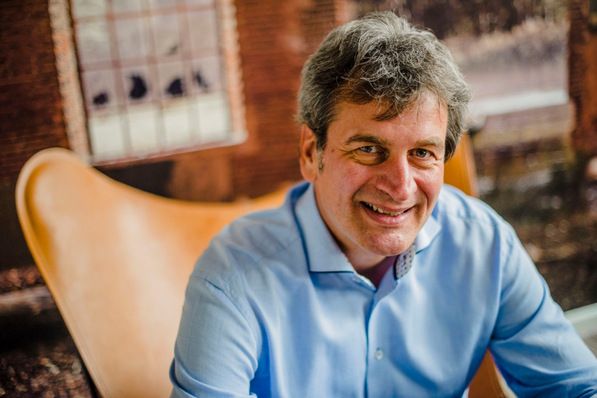In this week's Topic of the Week, we are interested in building-integrated photovoltaics (BIPV), in other word, what happens when the sides of a building are also set up so that they generate electricity:
The Mayer Group from Heidenheim/Germany has nearly 170 years of experience under its belt, which reflects its open attitude towards new technical developments. In the Swabian company, which is known for producing landscape gardening machines, among other products, energy-intensive processes play a dominant role. For this reason, environmental aspects have been an important priority on the company’s agenda for a long time now. In 2010, the machine manufacturer already made an active contribution towards protecting the environment and saving on CO2, by putting a photovoltaic installation into operation with 227.68 kilowatts peak output (kWp). As a further component of the corporate energy transition, Mayer has now added a combination of a façade-integrated photovoltaic installation and storage system.
Curious about commercial storage?
Let us take you for a little tour.
In a metal-processing company such as Mayer, which also commissions production work externally in the area of steel and apparatus construction and thin sheet metal processing with laser technology, it is natural that high levels of power will be consumed. For environmental protection reasons and in order to cut costs, the company’s management is making great effort to supply the production processes with renewable energy as far as possible. When the site was due for expansion in 2018 with a new administrative building, the people responsible for planning decided to make a statement by making an ecological investment for the future. The solution came in the form of a new-style concept that combines a photovoltaic installation integrated into the façade with the VARTA lithium ion energy storage system. “With the new building, we want to take practical steps to provide a sustainable energy supply and become less dependent on future energy price increases,” explains Klaus Mayer, CEO at Mayer.
High power consumption demands a new energy concept
There were two reasons for choosing the building-integrated PV installation: it ensured the best possible solar yield, and there was no longer a need to purchase a conventional façade. “With the new PV installation, combined with the VARTA energy storage system, we can now use the highest possible level of own power from our solar power, as we had hoped, and as a result, reduce the amount of electricity drawn from the grid,” Klaus Mayer, CEO at Mayer, explains. According to Mayer, the initial experience at the company has been positive, and expectations have been met.

The new energy concept was developed by VARTA and Walter Konzept, a trans-regional engineering company from Ellwangen, which specialises in designing photovoltaic systems and the energy-efficient refurbishment of existing buildings. The core of the concept is a modern energy storage facility on a lithium-ion basis, which significantly increases local energy value and in so doing enables the machine manufacturing company to operate efficiently. The VARTA system can be adapted to fit local conditions, as Volker Dietrich, Sales Manager at VARTA, explains: “The output and capacity of the modular system can be cascaded. We configure the commercial storage unit with modern lithium-ion cells, which are optimised to the applications required in each individual case.”
Generation costs of 12 cents/kWh
The building-integrated photovoltaic installation has an output of 90.3 kWp and achieves an average annual yield of around 810 kWh/kWp. By contrast, anticipated consumption of electric energy is around 460,000 kWh. The newly installed lithium-ion storage facility, VARTA flex storage 36/75, has a charging and discharging output of 36 kW and a useful capacity of 75 kWh. The storage facility finally went into operation at the end of 2018. On average, the combination of PV installation and storage facility produces one kilowatt hour for 12 cents. Mayer anticipates revenues of around 396,000 euros within 25 years as a result of the savings on power consumption from the grid and the feed-in remuneration. The investment costs totalled around 206,000 euros. Walter Konzept calculated a return on investment in approximately 13 years. “The example with Mayer shows that the energy transition is increasingly becoming a reality in companies. Façade-integrated PV installations, combined with storage systems, offer an important pillar for the energy transition,” explains Wolfgang Walter, Senior Manager at Walter Konzept. (HCN)
Here, in case you missed them, are Part 1, Part 2 and Part 3 of this week's series. Tomorrow we are going back to school – albeit in the south of France.







